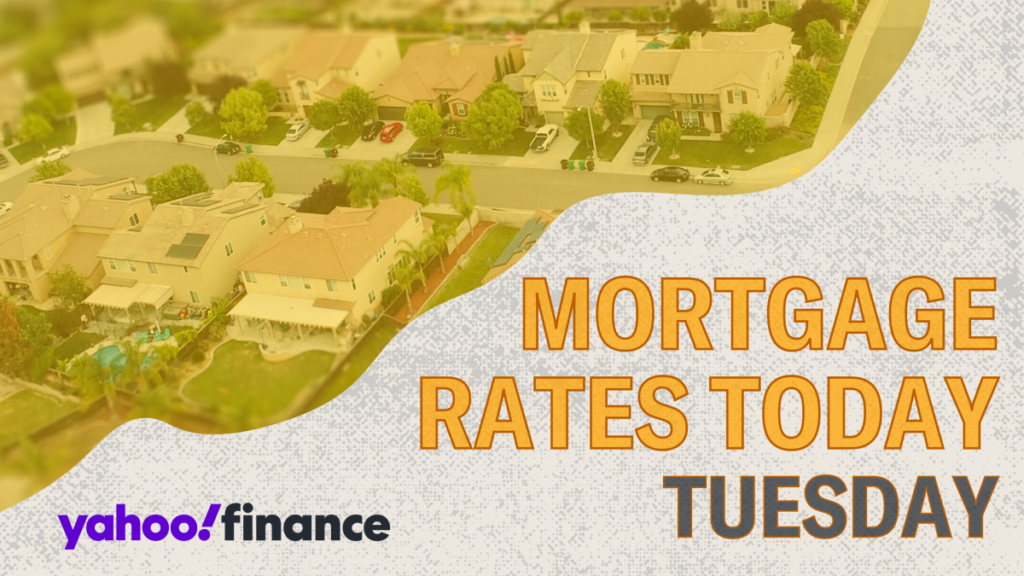During the recent holiday weekend, most mortgage rates experienced a decline, offering a more favorable landscape for potential homebuyers. Zillow reported a notable drop in the 30-year fixed mortgage rate, which fell by 11 basis points to a current rate of 6.34%. This marks the lowest level observed since late October, suggesting a slight easing in borrowing costs. Similarly, the 15-year fixed mortgage rate saw a decrease of 10 basis points, now standing at 5.70%. Given the current rates and the typically softer demand during the holiday season, many experts believe this could be an opportune moment for those looking to purchase a home.
As of now, current national average mortgage rates include a 30-year fixed rate at 6.34%, a 20-year fixed rate at 6.12%, and a 15-year fixed rate at 5.70%. Adjustable-rate mortgages (ARMs) also feature prominently, with 5/1 and 7/1 ARMs at 6.58% and 6.63%, respectively. For veterans, the 30-year VA mortgage is currently at 5.69%, while the 15-year VA mortgage is at a lower 5.26%. It’s important to note that these figures represent national averages, which can vary regionally. Refinance rates are generally higher than purchase rates, with the interest on a 30-year refinance currently at 6.42%.
For homebuyers weighing their options, utilizing a mortgage calculator can be invaluable. These tools allow potential buyers to assess how various mortgage terms, interest rates, and other factors like property taxes and homeowners insurance will impact their monthly payments. For instance, comparing the costs of a 30-year mortgage with a 6.34% interest rate against a 15-year mortgage with a 5.70% rate reveals significant differences in long-term interest payments. While the 30-year mortgage entails a monthly payment of around $2,486, leading to about $495,079 in interest spread over three decades, the 15-year option, costing roughly $3,311 monthly, will result in much lower interest payments of about $195,969 over its lifespan.
Understanding the nature of fixed-rate and adjustable-rate mortgages is crucial for buyers. A fixed-rate mortgage locks in the interest rate from the outset, providing stability amidst market fluctuations. In contrast, an adjustable-rate mortgage offers an initial fixed rate for a specified period—such as seven years with a 7/1 ARM—after which the rate may adjust based on broader economic conditions. Although ARMs can initially present lower rates than fixed options, they carry the risk of increasing rates after the lock period, highlighting the importance of evaluating personal risk tolerance and financial circumstances when choosing the right mortgage type.
The broader trends in mortgage rates have seen fluctuations linked to Federal Reserve policy decisions. Rates decreased steadily from early August, notably following the Federal Reserve’s announcement of a 50-basis-point reduction to the federal funds rate on September 18. However, since then, mortgage rates have generally risen, although they dipped again recently. The Fed’s policy meetings significantly influence expectations for mortgage rates, as these rates, while not directly correlated with the federal funds rate, typically reflect broader economic conditions. As the Fed’s monetary policy evolves, future mortgage rates are anticipated to fluctuate accordingly.
Looking ahead, while there might be a potential for gradual decreases in mortgage rates by 2025, experts advise caution regarding the outlook for 2024. Significant drops in mortgage rates within the next year appear unlikely, as current economic indicators suggest steady if not slightly increasing rates in the short term. Overall, prospective homebuyers and those looking to refinance should stay informed about market trends, calculate their exact financial scenarios using tools like mortgage calculators, and consider timing their decisions strategically as they navigate the evolving housing market.

